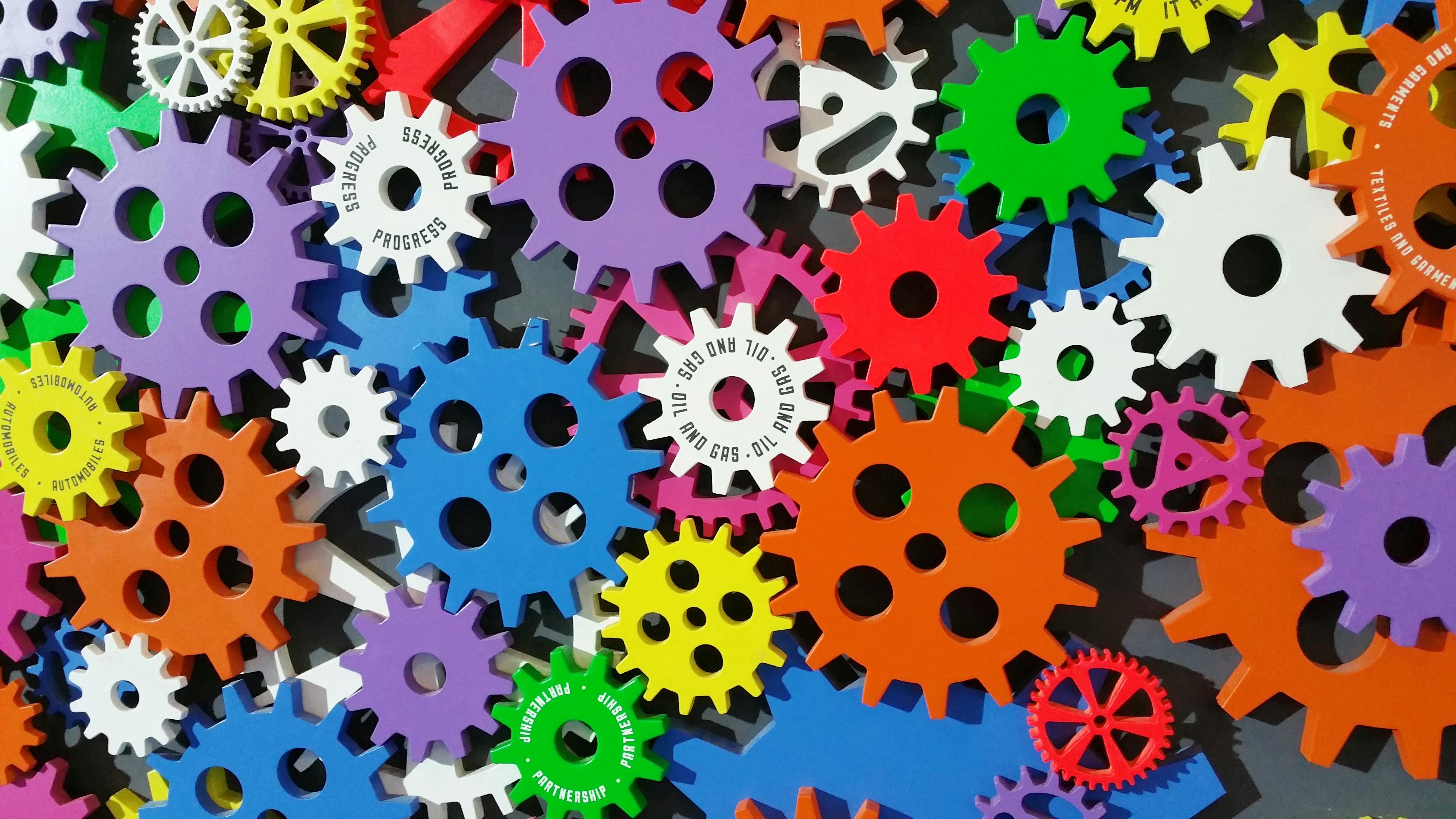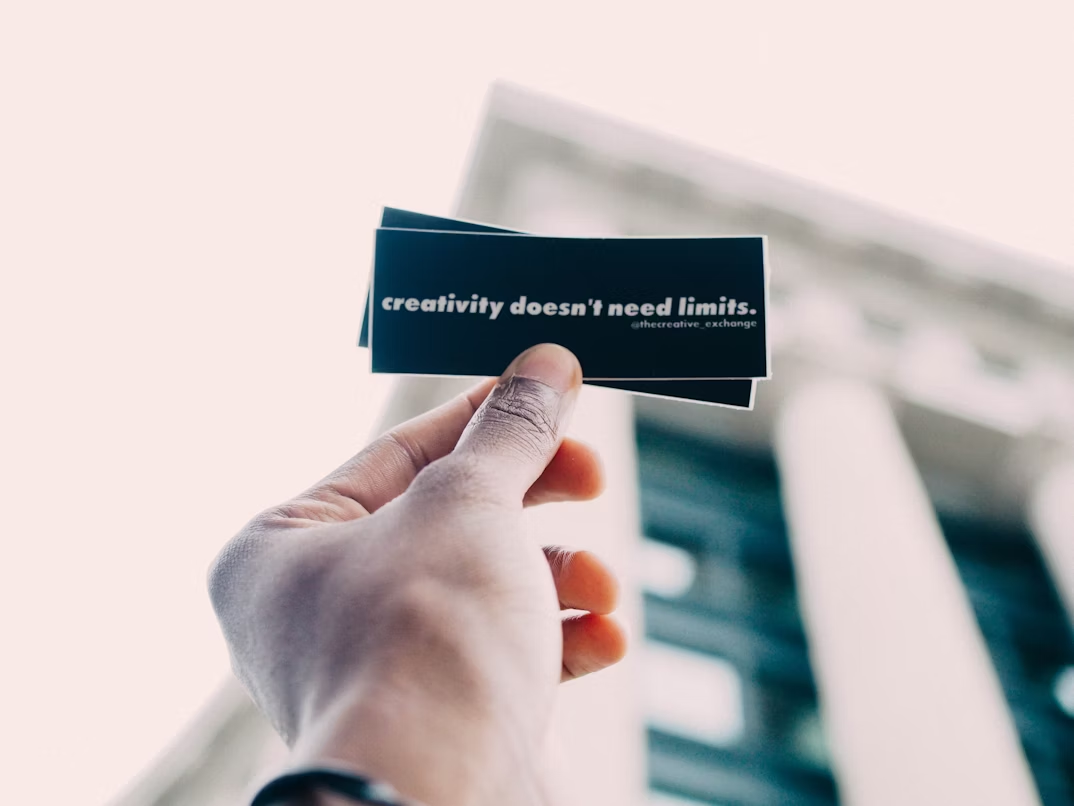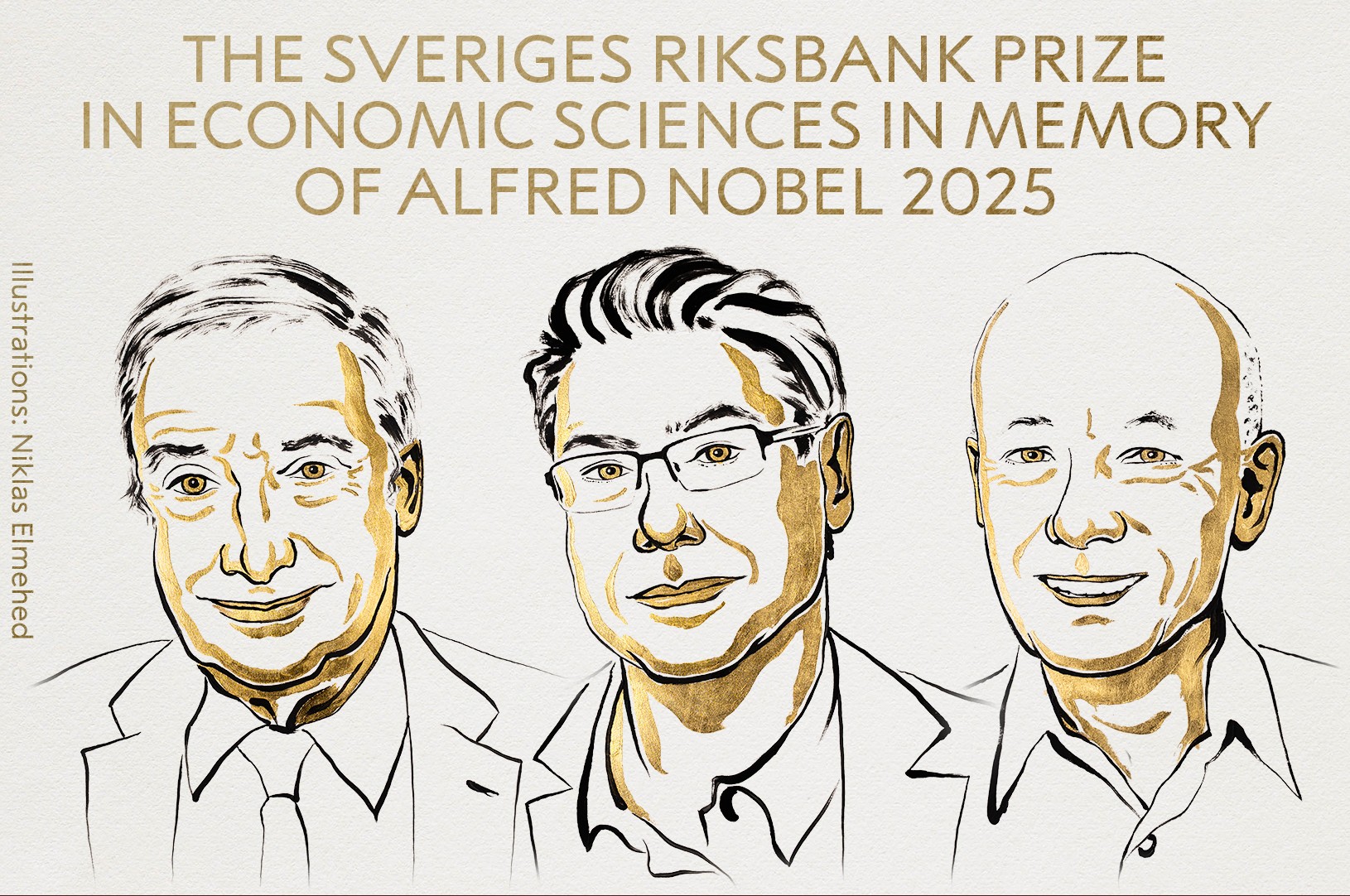Creativity in corporate environments: How to promote an innovative culture (truly)

La resourcefulness is one of those concepts that all organizations celebrate, but few actually cultivate. It is mentioned in speeches, it is imprinted on corporate values, it is integrated into strategic slogans. But when the time comes to put it into practice (to open up real space for divergent thinking, to accept ideas that don't fit the plan, to take risks) many structures retreat.
The question is not whether a large company can be creative, but how to create the cultural, structural and emotional conditions so that creativity is not only allowed, but that it flourishes. Because innovation is not born from an isolated spark, but from an environment that sustains it.
Creativity not as a gift, but as a system
For too long, creativity has been thought of as an individual, almost artistic capacity, reserved for specific profiles. But in the corporate world, what matters is not so much who has good ideas, but how that creative energy is activated, channeled and converted into organizational value.
That requires a system. One that does not impose closed structures, but that does offer frameworks for action; that does not control the creative process, but does accompany it; that does not reduce it to a campaign, but rather integrates it into the way in which one works, thinks and decides.
Spaces for thinking differently
Creativity needs space. Not only physical, but also mental, relational and organizational. Spaces where not everything is defined in advance, where it is legitimate to question, where both questions and answers are valued.
In many companies, agendas are designed to maximize efficiency, not to explore. But thinking differently requires a different rhythm, different formats and a different language. You need, for example, time to cross ideas between teams that don't usually talk, to listen to junior profiles, to rehese without being forced to get it right.
It is not a question of “thinking outside the box” as a symbolic exercise, but of reconfiguring the box: opening its limits, allowing its questioning and turning it into a place where the new has space to be born.

Trust, error and legitimacy of the attempt
Creativity doesn't grow in environments where everything is aimed at minimizing failure. Creativity, by definition, involves risk, ambiguity, and uncertain journey. Therefore, one of the most determining factors in any innovative culture is the level of trust that is breathed in the teams.
When professionals feel that they can propose without fear of being judged, that they can make mistakes without being penalized, that the error is part of the process and not of the problem, ideas emerge. Creativity is not a matter of talent, but of psychological safety.
And for that trust to exist, it's not enough to just say it. This must be demonstrated in how one leads, in how contributions are recognized, in how failed projects are managed. Creativity needs legitimacy. The attempt, even if it is not successful, must have a place in the company's narrative.
From discourse to design: dynamics that activate
An innovative culture is not built only with will, but with tools. Dynamics such as intra-entrepreneurship, Hackathons, innovation laboratories, rapid prototyping spaces or open challenges between teams help to materialize that intention in concrete actions.
These dynamics allow you to test with little, learn quickly, iterate without fear. But the most important thing is how they connect with everyday life. They do not serve as symbolic exceptions, but as part of the organizational fabric. The key lies in its continuity, in its real impact and in its connection with the decisions that matter.
Programs such as Santalucía Impulsa they are not limited to promoting specific initiatives, but they form a structured framework of sustained innovation, where creativity is not treated as an exceptional event, but as a permanent organizational capacity. Through alliances with startups, processes to accompany internal projects and the formation of profiles with an entrepreneur mentality, the program promotes dynamics that connect the new with the possible, the experimental with the strategic. Thus, creativity is not relegated to the sidelines, but rather it is integrated into the real architecture of the company, without losing freshness or impact.
Transforming innovation into a sustained practice
Creativity is not a moment. It's a way of inhabiting work. A company that truly innovates does not do so only in major launches, but in how it formulates problems, how it organizes its meetings, how it makes decisions, how it receives ideas that it did not expect.
Transforming innovation into a sustained practice requires aligning culture, structure and leadership. It involves moving from evaluating efficiency to valuing learning, from managing by indicators to also managing by questions, from prioritizing certainties to giving space to hypotheses.
It's not about turning all employees into creatives, but about building a system in which anyone, in any role, can contribute to the movement of improvement, invention or transformation.
A creative culture cannot be decreed. It is built. And that construction does not begin with ideas, but with the conditions that make them possible. The innovative thing is not to have good proposals at a meeting, but to design an organization that expects them, receives them, works on them and moves them forward. Day in and day out. Project after project. Person to person.


.png)
